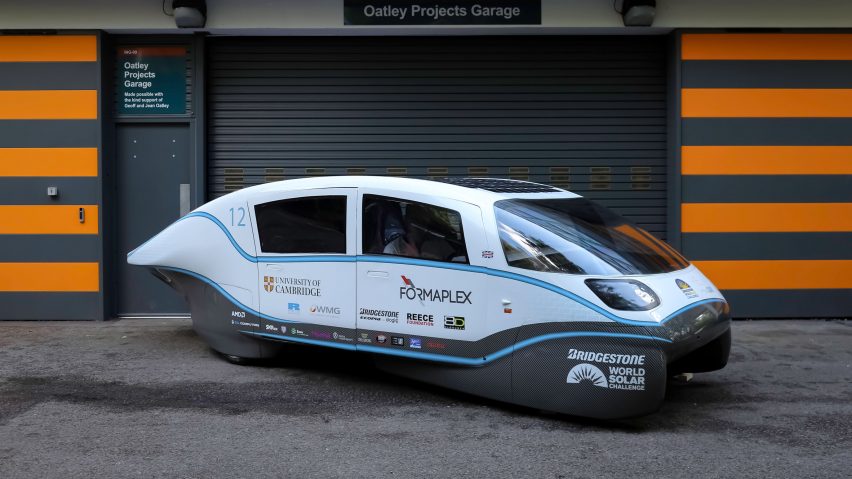Students from Cambridge University have built an ultra-efficient electric car that drives using only as much power as it takes to boil a kettle.
The Cambridge University Eco Racing (CUER) student society built the four-seater car, named Helia, with efficiency as the main goal.
Their achievement has been to produce a car that can travel 80 kilometres-per-hour using only 2500 watts, or as much power as it takes to boil a single kettle, which is equivalent to 31 watt-hours-per-kilometre.
For comparison's sake, CUER points out that the Tesla Model 3 needs eight kettles' worth of power to achieve the same output, while the Volkswagen e-Golf needs nine, and the BMW i3 requires nine and a half.
On a single charge, Helia can cover a range of 900 kilometres – the distance from London to Edinburgh. Again, compared to the Tesla 3, the Cambridge University team's car has double the range on a battery a quarter of the size.
The ability to cover this distance is aided by Helia's chassis and body panels made from carbon fibre, which grant it a kerb weight of 550 kilograms.
CUER's programme director, Xiaofan Zhang, said the achievement was possible because electric vehicle (EV) technology had developed so far in a short space of time.
"These innovations have allowed us to build a four-seat car that is much faster, more efficient and practical," he said.
Zhang said the team had leveraged the knowhow of UK automative companies in developing Helia.
"Currently there is a lot of news about the decline of the UK's automotive industry, but working with our partners has shown us that there is a very strong network of automotive companies," Zhang said.
"Many of our partners are world leaders in automotive engineering, research and development, and high-value manufacturing but are not necessarily household names."
Helia draws power from conventional EV chargers but can also use the solar cells on its roof.
CUER has just put Helia through its paces in the 3000-kilometre Bridgestone World Solar Challenge, which ran from 13 to 20 October 2019 in Australia.
Taking place across the Australian outback from Darwin to Adelaide, the event is the most famous solar-powered car race in the world.
CUER set out aiming for a podium finish in the race's cruiser class, which is for practical, multiple-occupancy vehicles. They had to drop out on day two of the race, however, after driving at high speeds that drained the battery.
"Whilst we have had some misfortune in the last couple of days during the competition the performance we we're seeing from Helia showed she was very competitive," said CUER in a Facebook post.
"It's a fantastic achievement already given Helia is our first-ever cruiser-class car."
The Cambridge University-based group is made up of 20 students, almost all working on the project only part-time.
The World Solar Challenge is held every two years in Australia. A previous winner in the cruiser class was Stella, by Solar Team Eindhoven from the Eindhoven University of Technology, who dubbed it "the world's first solar-powered family car".

